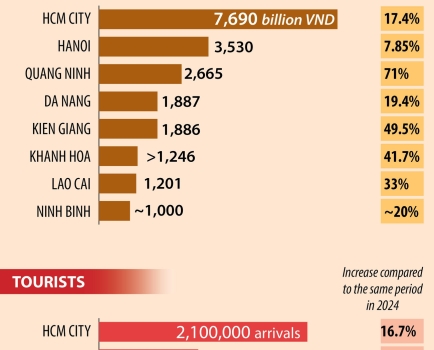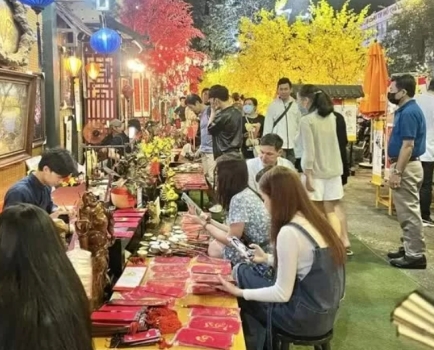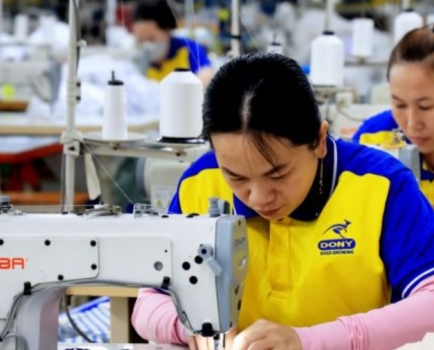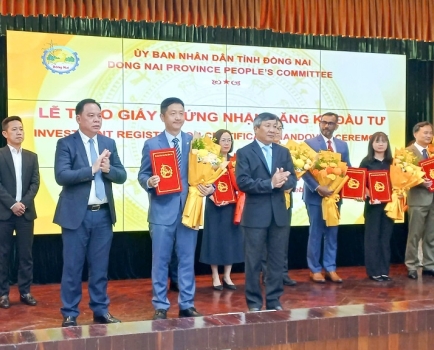US-China trade tensions and Asia’s “decoupling” opportunity
Tue, 11 Feb 2025 10:28:00 | Print | Email Share:
Looking further ahead, how will China approach its trade and economic relations with the US under a second Trump presidency?

While Mr. Trump recently announced a 30-day delay to sweeping 25% tariffs on Mexico and Canada, China still finds itself on the receiving end of a 10% tariff imposition, which led it to retaliate with narrowly focused tariffs and export restrictions against the US.
Drawing on Japan’s experience during the 1980s, a case study that Chinese policymakers famously study over closely, we anticipate that China will replace some direct exports to the US with more overseas investment, deepen trade with emerging economies, cement its centrality in global supply chains through component exports and high-tech manufacturing, avoid major currency realignment, and gain a prime opportunity to roll out more forceful stimulus measures and structural reforms.
ASEAN stands to benefit enormously from these trends. The region has already surpassed the US and EU as China’s top export destination and has seen its own production capabilities improve—in industries ranging from electric vehicles to consumer electronics—with the support of Chinese investment.
Mr.Trump’s inclination to reduce America’s imports may also inadvertently provide the impetus for Asia to update its growth model, which has historically relied heavily on exporting to the US market. “Decoupling" would not entail a wholesale retreat from trade or even turning away from the US as an important trade partner, but rather offers an opportunity for Asia to charge up new growth engines.
There are two main pillars to Asia’s internally focused growth strategy.
First, the region must resolve the imbalance between its savings and investments. While thriftiness is a virtue, high savings can hurt growth when they perennially exceed what can be profitably invested. Although raising investment could offset excess savings, this option could be ineffective if profitable investment opportunities have already been exhausted. Higher investment would also result in more goods being churned out that would eventually need to be absorbed somewhere.
The answer to this problem lies in unleashing domestic consumption. If Asia consumed more, it would become less reliant on overseas demand while also elevating the living standards of its households. Of course, Asia’s households—long accustomed to high savings—will need to be incentivized to consume. Policymakers can help by bolstering incomes and providing stronger social welfare support.
Even if excess savings in some parts of Asia cannot be readily reduced, the region can at least reallocate capital more effectively from high savings economies (e.g., mainland China, Korea, Malaysia, Singapore, and Japan) to markets that still require more capital investment (e.g., India, Indonesia, the Philippines, and Bangladesh).
This is where the second pillar of Asia’s ‘decoupling’ comes into play.
While plenty of supply chains and investment do crisscross across Asian borders, much of this activity is geared towards serving Western markets. By fostering greater regional integration, Asia can expand markets within its own neighborhood instead of shipping ever more goods to the US or Europe, where trade barriers are rising.
Asia can enhance intra-regional trade and investment by building on agreements such as the Regional Comprehensive Economic Partnership (RCEP), which includes ASEAN and Northeast Asia, and the Comprehensive and Progressive Agreement for Trans-Pacific Partnership (CPTPP), comprising eleven economies from Asia and the Americas. Adding South Asia to these trade agreements would mark significant progress towards building stronger regional resilience in the age of ‘decoupling.’
By: BUSINESS FORUM MAGAZINE
Source: https://en.diendandoanhnghiep.vn/us-china-trade-tensions-and-asia-s-decoupling-opportunity-n42089.html
---------------------------------------------
Same category News :













